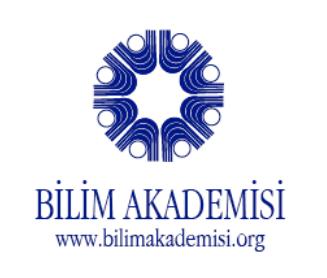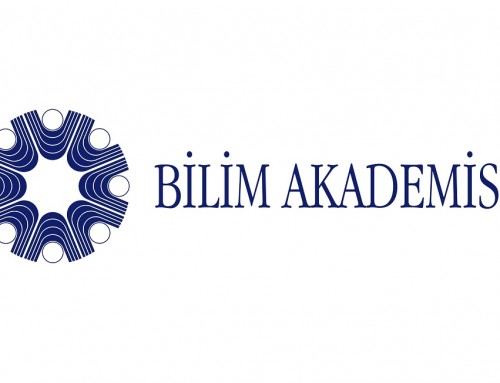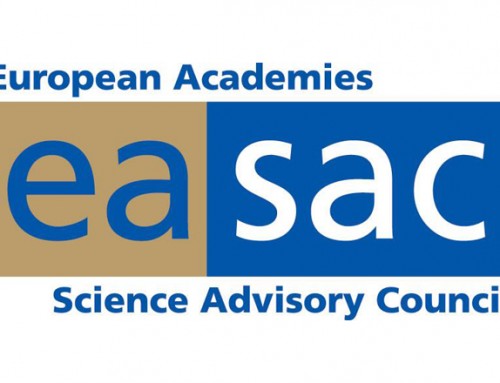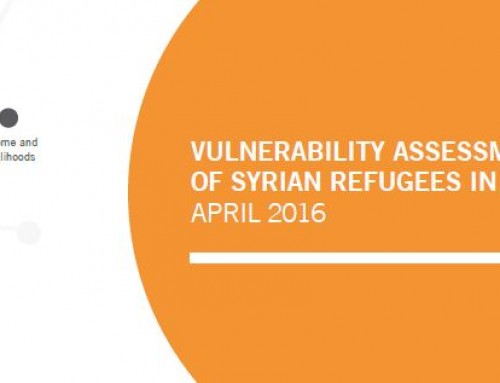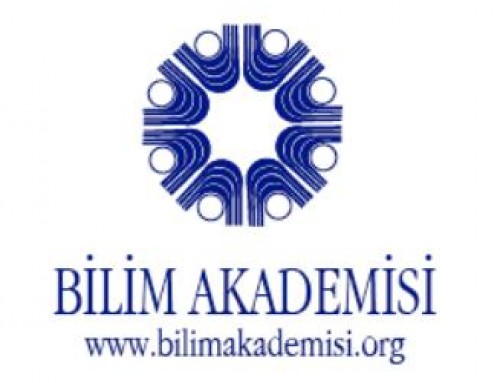Science Academy member Prof. Çiğdem Kağıtçıbaşı has penned the report entitled “Youth’s Potential and Religious Education: İmam-Hatip Schools and Religion Classes,” excerpts from which are available below:
“Turkey’s education problem has remained grave throughout the years. Here, access to education is the basic problem. For instance, according to UNESCO’s ‘Education For All’ report dated 2008, the mandatory scholarization rate, which stood at 96% in developed countries, was 88% in Turkey. The same report indicated that, among 86 countries, Turkey was one of those which would not reach the 100% scholarization rate target by 2015.
“Particularly, the difference between girls and boys in scholarization continues to pose a serious challenge. In fact, after the transition to the eight-year mandatory education in 1997, there was significant progress in girls’ education. Girls who were previously taken out of school after the five-year education could continue their studies, and the gender difference at primary school was reduced by 15%. This suggests that mandatory education is crucial especially for girls’ access to school. The gender inequality in education varies widely from region to region. For example, in the 2005-6 academic year in certain provinces (Ağrı, Bitlis, Muş, Şanlıurfa, Şırnak and Van), the ratio of girls to boys in primary school graduation remained below the 50% mark.
“This suggests that we fail to develop the potential of our youth sufficiently. Education’s quality, content, methodology, share in the public budget, training and quality of teachers, school infrastructure and other miscellaneous issues point to a very complicated and problematic overall picture.
“This report will focus on religious education, which is also fraught with some of these problems. In our national education system, religious education is delivered through two main channels: the imam-hatip schools which are considered to be a part of vocational education and the religion classes part of the general education system (primary, junior high, and high schools). The third channel is the Koranic schools, who need to be approved by the Ministry of National Education, although many operate without such an approval. Koranic schools are mainly operated by Diyanet İşleri (Presidency of Religious Affairs) and mosque associations etc., and thus not considered to be a part of the national education system. İmam-hatip schools and religion classes have a direct impact on students’ education and worldviews, and also their progress in the education system. For instance, at the high school or university entrance exams, students are required to respond to questions from the religion classes just like any other academic subject. Hereby, we will analyze religious education’s general meaning and its place in youth’s development. We first take up imam-hatip schools, and then pass to religion classes. The issue discussed here is not religion itself, but rather the increasing importance of rote learning and catechism instead of rationality and observation within religious education programs financed by public resources. It is difficult to raise well-educated young generations capable of producing information in an education system where religious education gains terrain over general and vocational education.
“Today, in advanced countries, vocational education is not introduced early on in the education system but rather follows after a rather lengthy basic education, because youth who lack a sound scientific education fail to adapt to the rapid change and progress in technology. Religious education at a very young age instills a mechanic and normative religious perspective devoid of basic philosophical reasoning in children who have yet to gain the ability to think in abstract and critical terms. Studies in development psychology, especially mental development have established this fact.
“As such, setting up imam-hatip schools at the junior high level, on top of those at the high school level, is not very beneficial for Turkey which is trying to keep up with the rapid progress in the 21st century. In this respect, a historical comparison could be useful. In the 1960s, South Korea and Turkey were at more or less the same level in demographic and economic terms. However, Korea invested heavily in its 12-year mandatory education program and took huge strides forward, and as a result left the group of developing nations to join the ranks of developed nations. Today the country exports technology to the entire world. Turkey, however, increased mandatory education from 5 to 8 years as late as 1997, lagging behind by 25 years. In 2012, the so-called 4+4+4 scheme lowered it once again, in fact to below 5 years. As such it became possible for 9 to 10-year-olds to start imam-hatip schools which mainly deliver religious education. There are serious problems in the implementation of the 12-year mandatory education scheme. Today we are far behind South Korea.
“As mentioned above, grasping religious and moral concepts requires a certain capacity of abstract thinking. During a child’s mental development, abstract thinking, and analytical, critical and inquisitive approaches appear from 12 years of age onwards. The religious education delivered at earlier ages is bound to be taken as dogma. As such, a religious and moral perspective based on logic should be presented at a later age. Not only theologians but also social scientists and philosophers should sit on the scientific boards which design and evaluate these curricula. These lessons must cover the psychological, sociological and moral aspects of religion, as well as its role in history and society. Religion is a part of culture and should be analyzed accordingly.”

